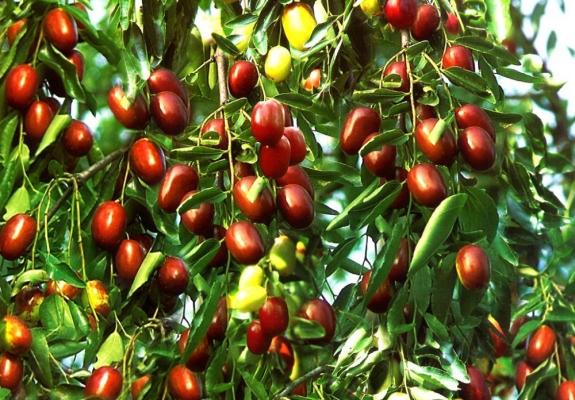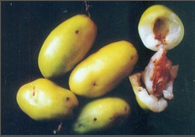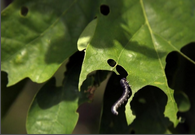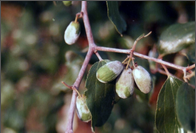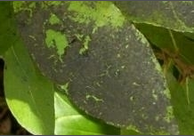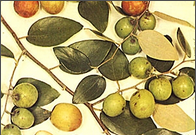General Information
Indian jujube or Ber also known as poor man fruit is hardy fruit crop suitable for arid region. Ber is rich source of Protein, Vitamin C and minerals. It is cultivated throughout the country. Madhya Pradesh, Bihar, Uttar Pradesh, Punjab, Haryana, Rajasthan, Gujarat, Maharashtra, Tamil nadu and Andhra Pradesh are major Ber growing states. It is a common and fourth important fruit crop (after kinnow, mango, gauva) of Punjab state. Ber tree is used for rearing of lac insects, also its leaves are used for fodder purpose. Ber fruit is dried in sun and used in off season. Ber fruit is eaten as fresh also used for making murabba, candy etc.

